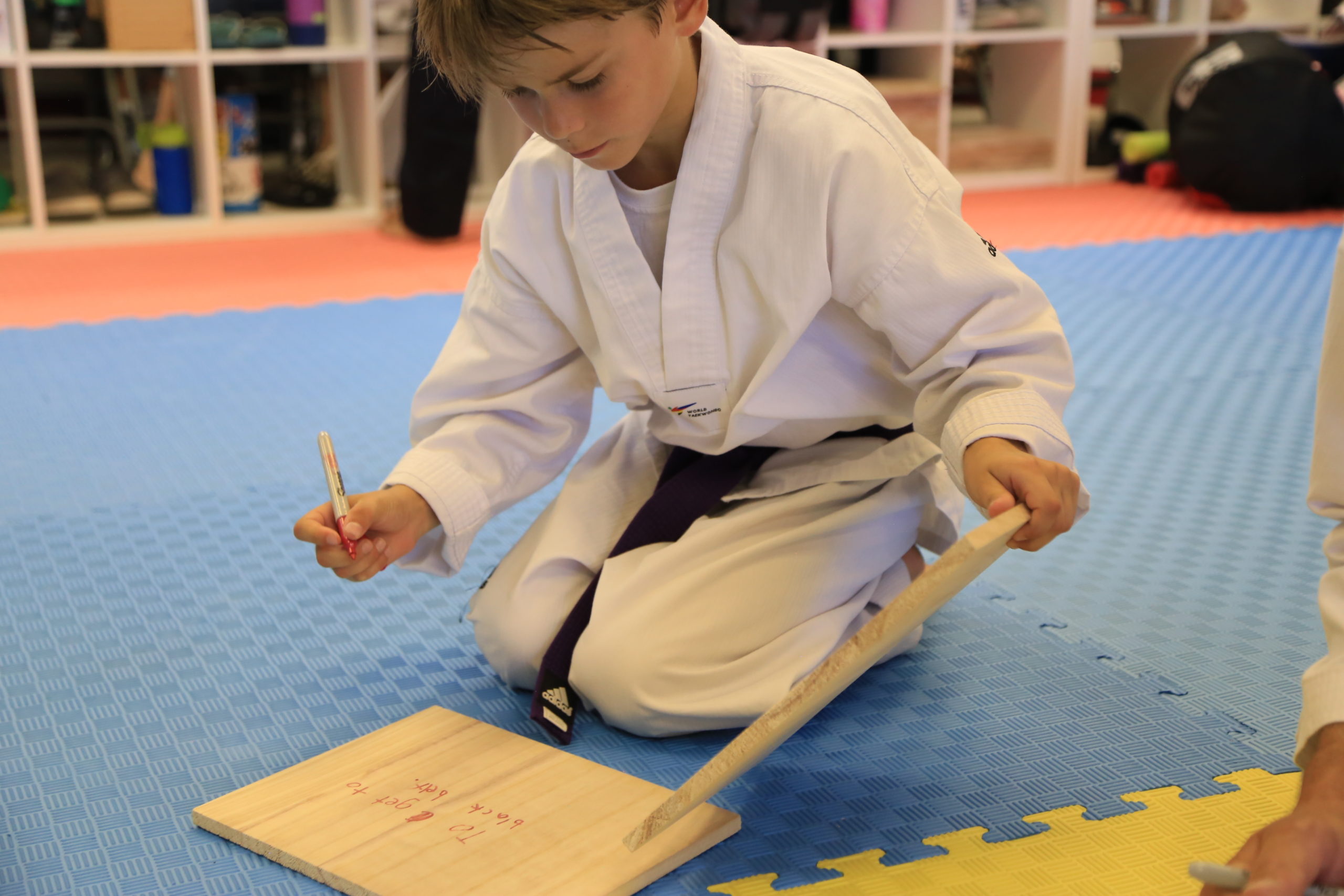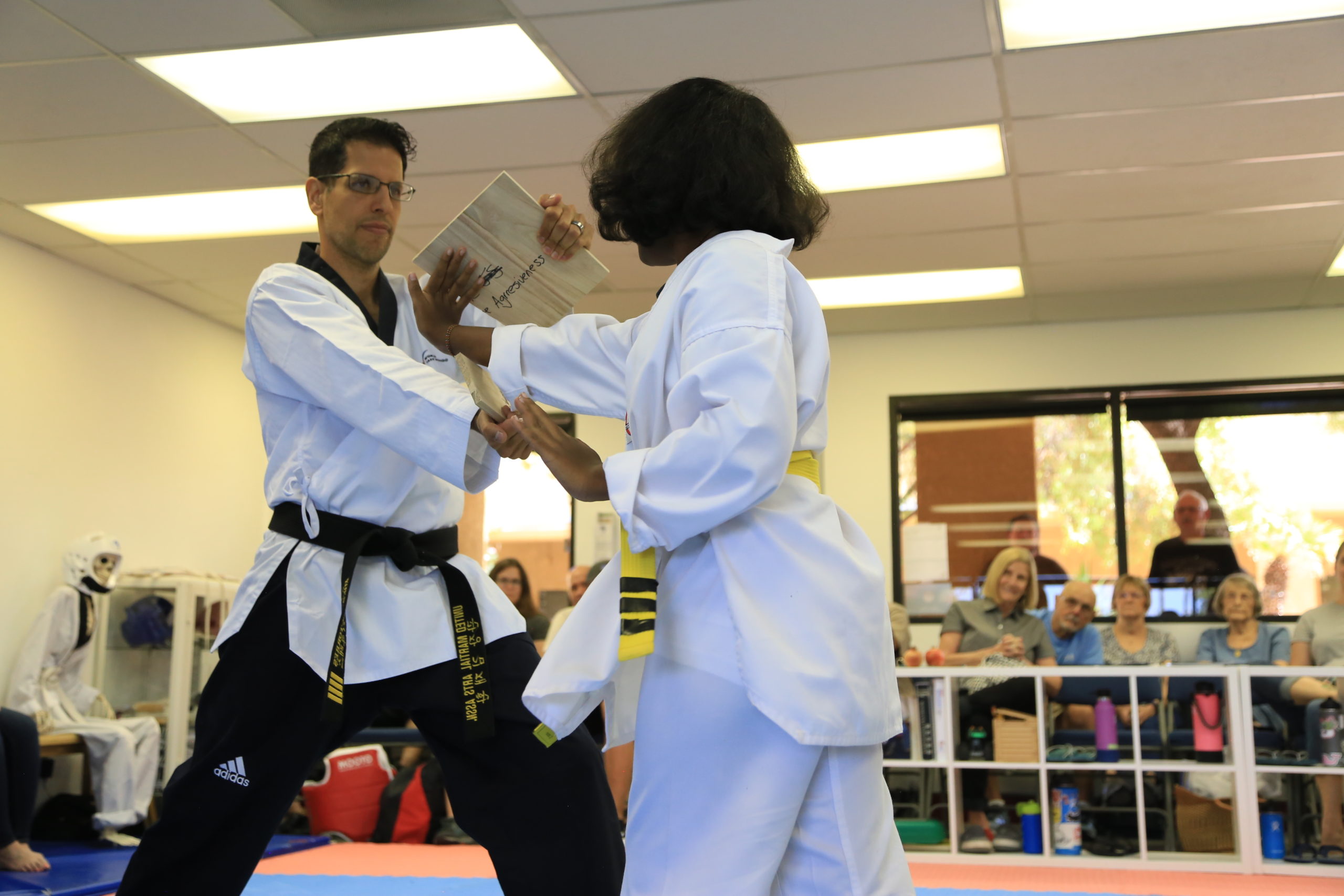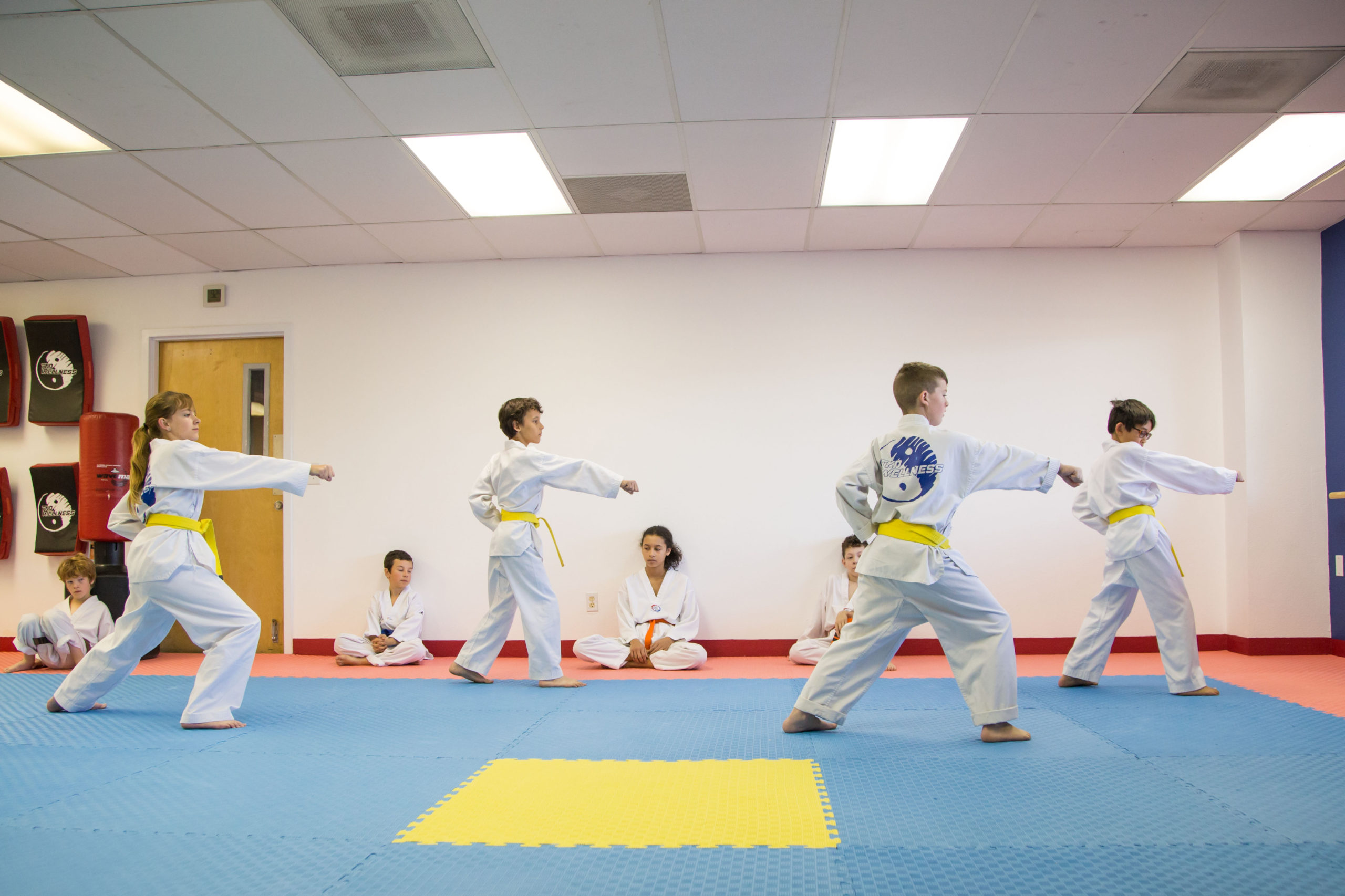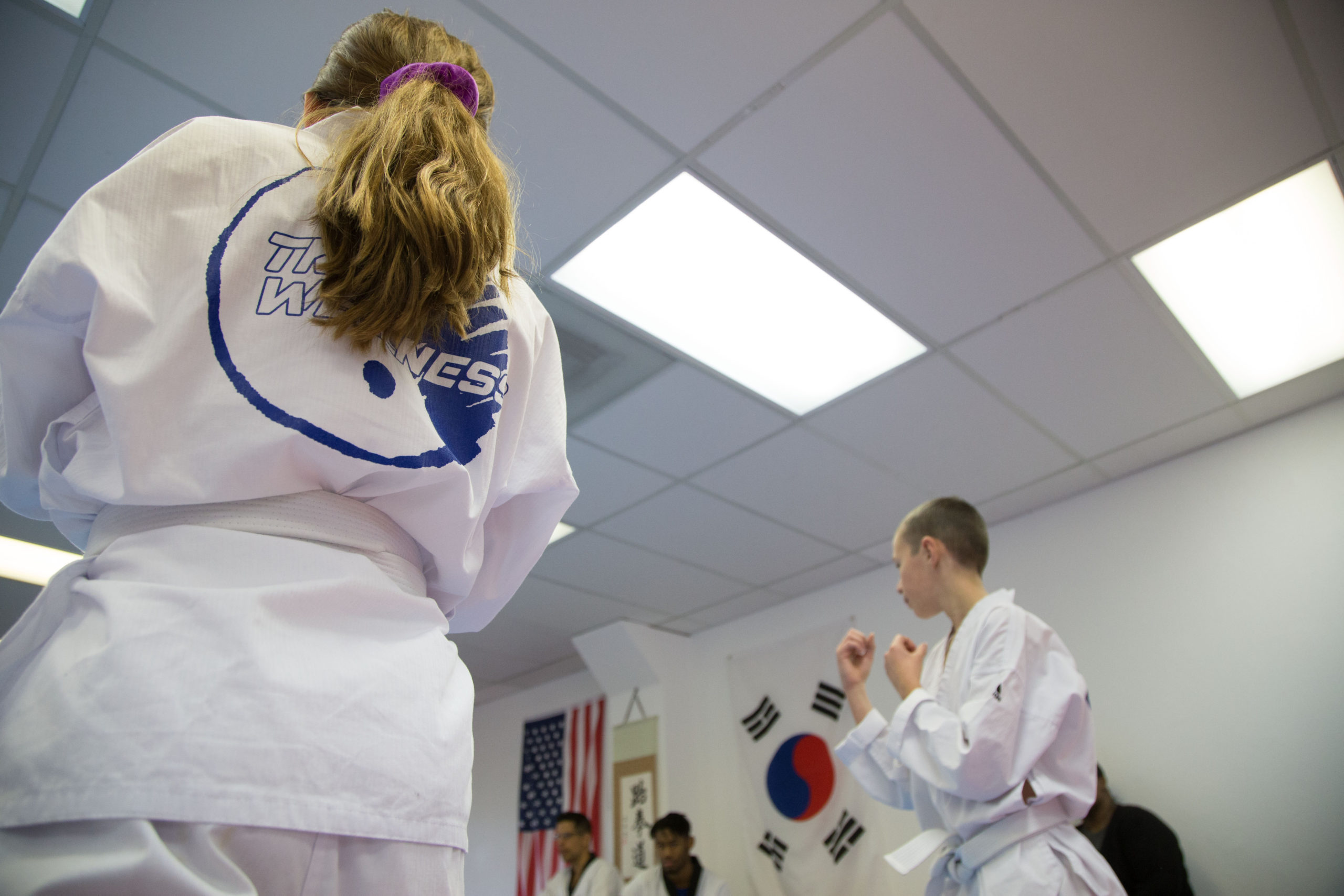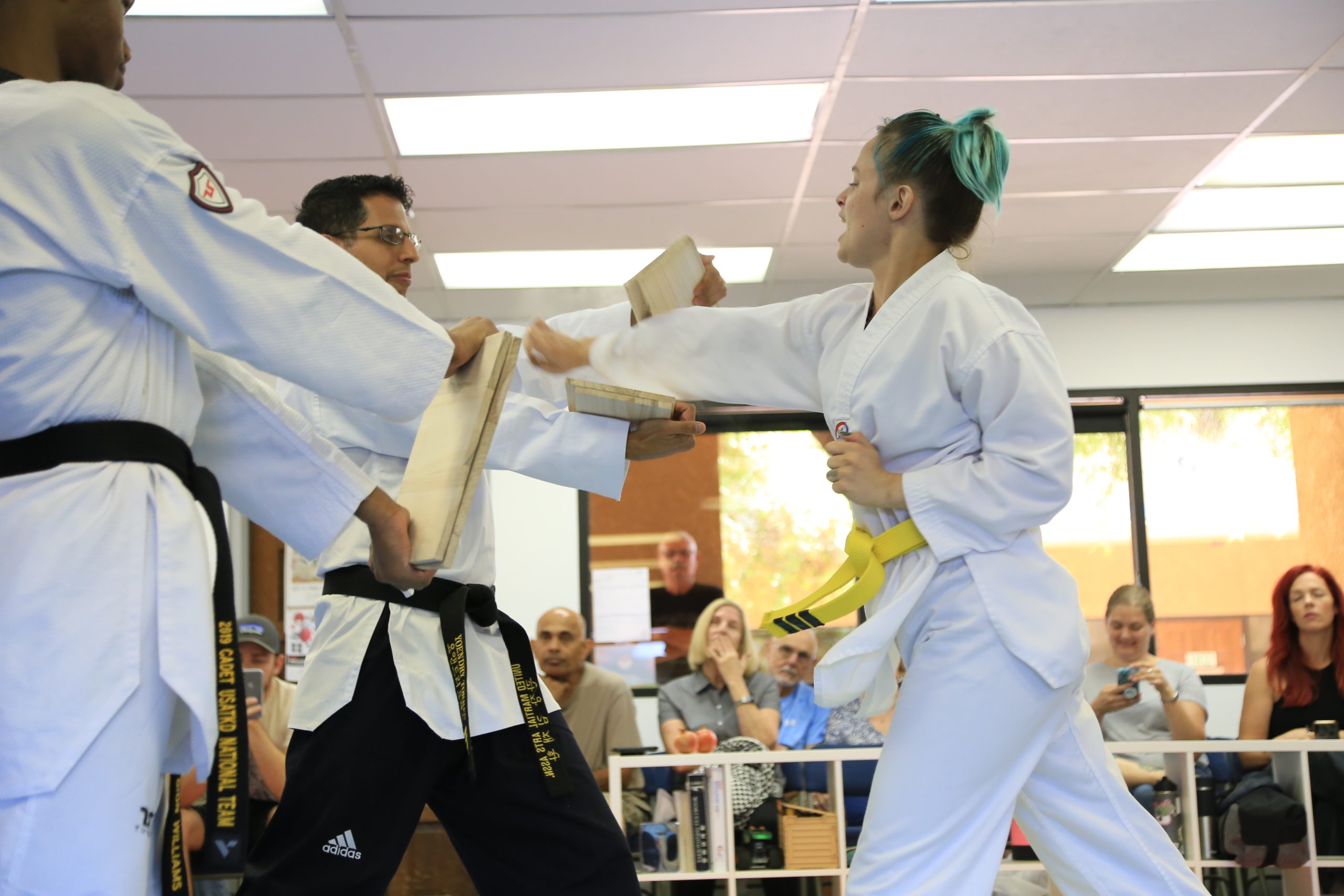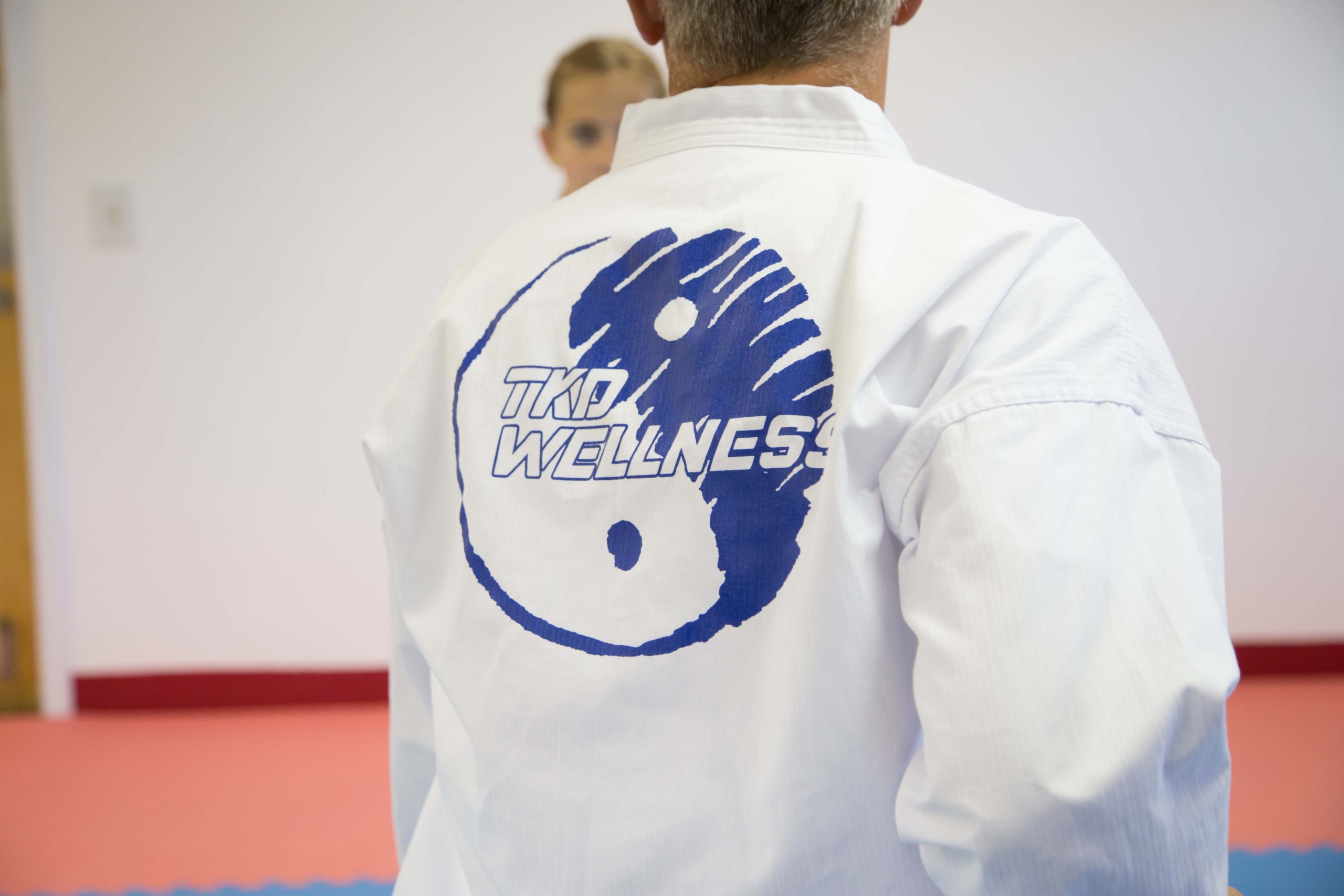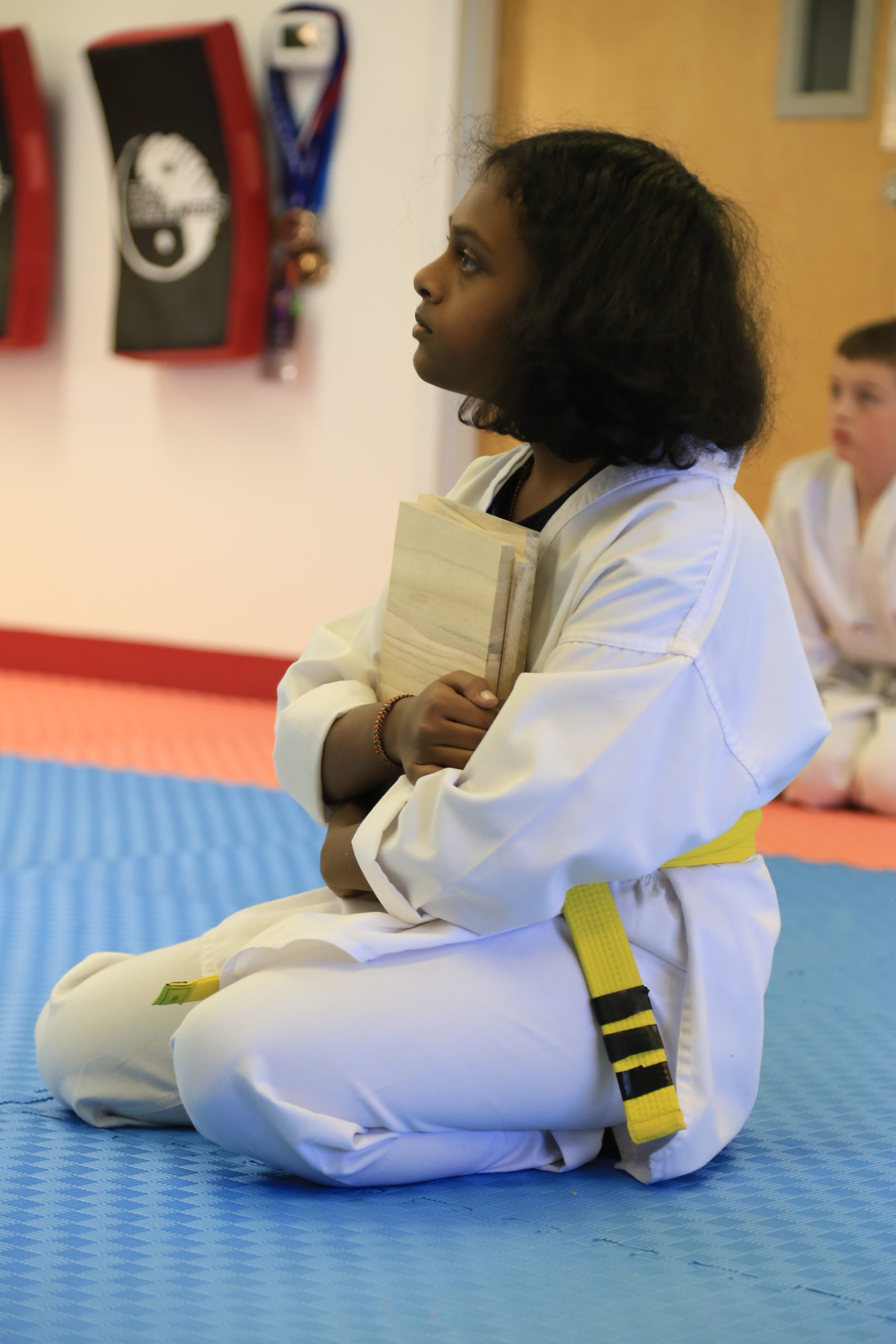
Taekwondo, a Korean martial art, is not only a powerful method of self-defense but also an art form that promotes discipline, physical fitness, and mental well-being. As a parent, it is natural to want the best for your child’s growth and development. Introducing your child to Taekwondo can be an excellent way to instill important life skills and provide them with a positive outlet for their energy. In this beginner’s guide, we will explore how you can support your child’s journey in Taekwondo, helping them excel both on and off the mat.
1. Choosing the Right Taekwondo School:
Choosing the right Taekwondo school is crucial to your child’s success and enjoyment of the martial art. Look for a school that emphasizes both physical training and values such as respect, discipline, and teamwork. Visit multiple schools, observe classes, and talk to instructors before making a decision. Ensure that the school has experienced, accredited instructors who are knowledgeable in child development and can create a safe and nurturing environment for your child to thrive.
2. Setting Goals:
Help your child set achievable goals in Taekwondo. Encourage them to set both short-term and long-term goals. Short-term goals could include perfecting a specific technique or earning their next belt, while long-term goals may involve participating in tournaments or reaching advanced belt levels. By setting goals, your child will have something tangible to work towards, which can boost their motivation and drive for improvement.
3. Regular Attendance and Practice:
Consistency is key when it comes to excelling in Taekwondo. Encourage your child to attend classes regularly and engage in consistent practice at home. Regular attendance helps build discipline, enables your child to progress faster, and prevents them from falling behind. Assist your child in establishing a schedule to allocate dedicated time for practice, allowing them to sharpen their techniques and reinforce what they’ve learned.
4. Encouraging a Growth Mindset:
A growth mindset is essential in any learning endeavor. Teach your child to embrace challenges, learn from failures, and see them as opportunities for growth. Encourage them to see setbacks as temporary obstacles rather than as signs of incompetence. By cultivating a growth mindset, your child will become resilient, motivated to improve, and better equipped to handle the challenges they may encounter in their Taekwondo journey.
5. Reinforcing Discipline and Respect:
Taekwondo places a strong emphasis on discipline and respect. Encourage your child to show respect to their instructors, fellow students, and themselves. Respect for authority figures, following instructions promptly, and demonstrating discipline will not only enhance their Taekwondo skills but also transfer into their daily lives, leading to better academic performance, improved relationships, and personal growth.
6. Promoting Physical Fitness:
Taekwondo is an excellent way to promote physical fitness in your child’s life. Encourage them to engage in regular exercises, including cardio, strength training, and flexibility training, to complement their Taekwondo practice. A healthy lifestyle that includes proper nutrition and adequate sleep will enhance their physical performance, reduce the risk of injuries, and contribute to their overall well-being.
7. Participating in Tournaments:
Participating in Taekwondo tournaments can provide valuable experience and an opportunity for personal growth. Encourage your child to take part in local or regional tournaments if they are ready and interested. Competitions offer a chance to showcase their skills, build confidence, and learn from other practitioners. Remind your child that the focus should be on personal growth and not solely on winning, emphasizing the importance of sportsmanship and fair play.
8. Balancing Taekwondo and Other Commitments:
While Taekwondo can be a significant part of your child’s life, it is essential to help them strike a balance between their martial arts practice and other commitments, such as schoolwork and extracurricular activities. Encourage time management skills, prioritization, and the ability to make informed decisions. Teach your child the value of commitment and how to navigate multiple responsibilities while maintaining a healthy balance between their pursuits.
Conclusion:
Embarking on a Taekwondo journey can be a transformative experience for your child, fostering personal growth, physical fitness, discipline, and mental resilience. As a parent, you play a crucial role in supporting your child’s Taekwondo journey by choosing the right school, setting realistic goals, encouraging regular practice, instilling discipline, and promoting a growth mindset. By following this beginner’s guide, you can equip your child with the skills and attitudes needed to excel both on and off the Taekwondo mat, fostering lifelong benefits.
Photo by TKD Wellness
Written by AI & Reviewed by Clinical Psychologist & Head Coach: Yoendry Torres, Psy.D.
Disclaimer: Please note that some blog posts may contain affiliate links and Sana Network will earn a commission if you purchase through those links at no additional cost to you. We use all of the products listed and recommend them because they are companies or products that I have found helpful and trustworthy. Our website is supported by our users.
